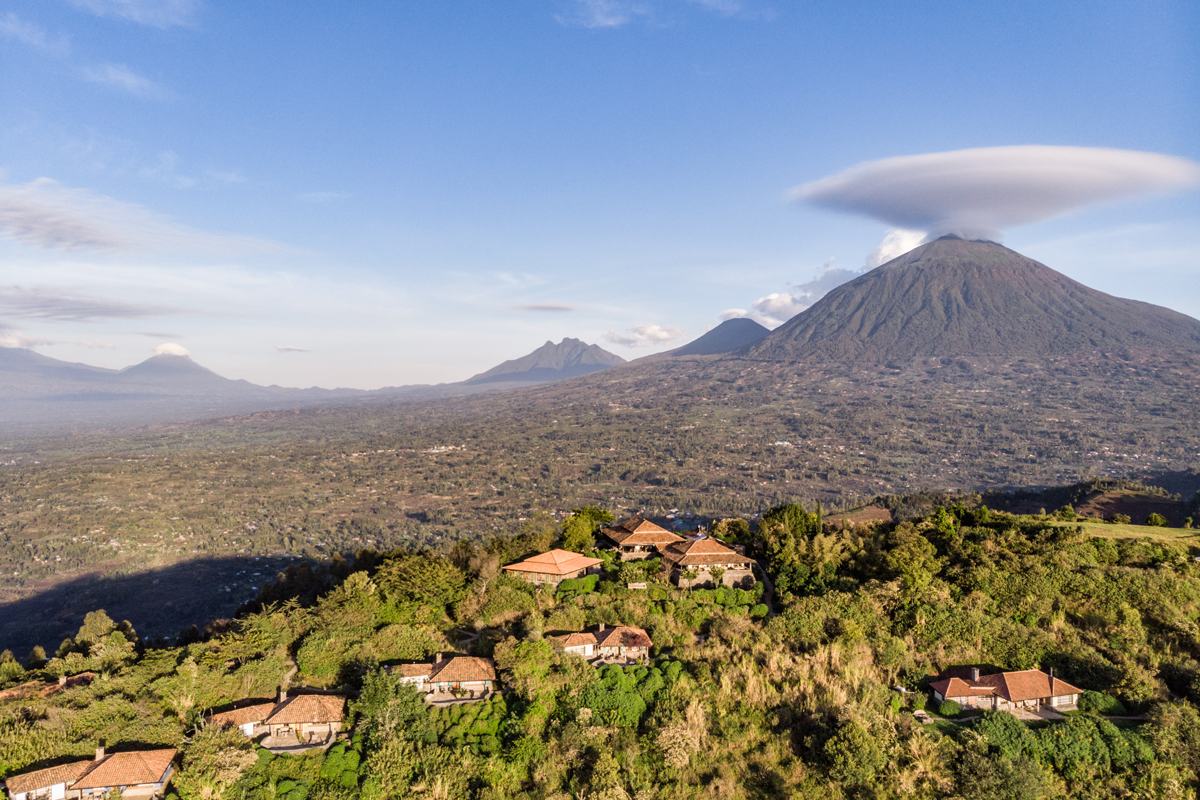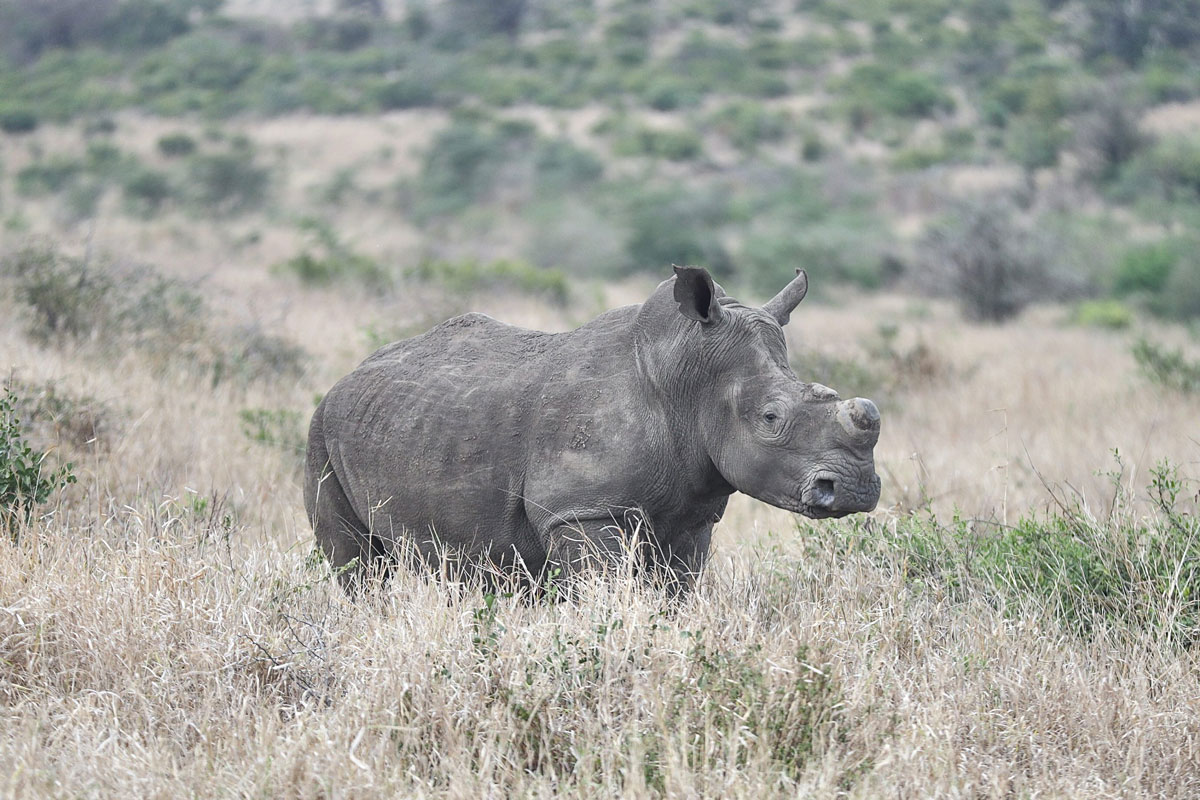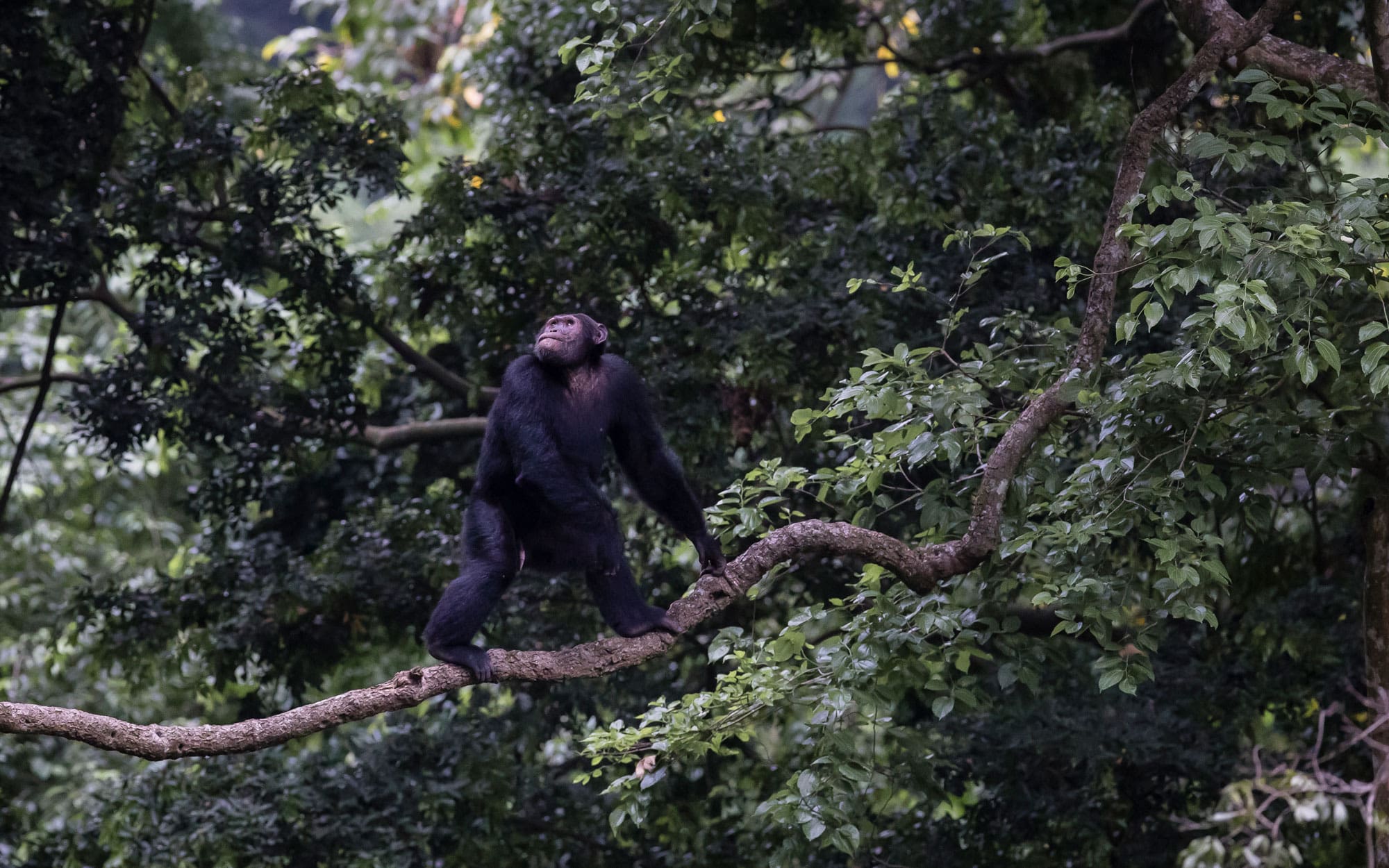Luckily, with tips from travel experts, there are plenty of simple ways to offset your environmental impact without totally overhauling your trip.
1. Choose a destination that values sustainability
According to the 2018 Environmental Performance Index, European nations Switzerland, France, and Denmark take the top slots as the world’s most sustainable nations, and despite rapid economic growth and tourism spikes, Albania moved from ranking 61st in 2016 to 40th in 2018 when it prioritized the protection of wild areas like its first and only national marine park, Karaburun-Sazan Marine Park, backed by theUnited Nations Development Programme and Global Environment Facility. Namibia became the first African nation to write protection of the environment into its constitution, and with the assistance of the World Wildlife Fund, communities are empowered to conserve, manage, and benefit from the wildlife on their lands. According to WWF’s vice president of travel, tourism, and conservation Jim Sano, choosing to travel to a conservation-minded destination is one of the most important things travelers can do. “Destinations that value their natural and cultural heritage elevate the quality of a traveler’s experience and support the livelihoods of those that work in the travel industry.”
2. Consider how you get there
With air quality as the leading environmental threat to public health as listed by the 2018 Environmental Performance Index, it’s time to reconsider how we fly. Plane travel is often the only viable way to reach some of the world’s great destinations, but one of the easiest ways travelers can offset their carbon footprint is by selecting an eco-friendly airline. Look for a carrier that uses sustainable aviation biofuel—like United, Qantas, and KLM—and fly direct when possible. Better yet, the International Transport Forum reports that traveling by train generates up to 10 times fewer carbon emissions than an airplane. And high-speed trains like carbon-neutral Eurostar are three times more energy efficient as compared to regional trains. (Want train travel inspiration? Try one across the Australian outback, or take the Orient Express.) If you’re looking to book a cruise, consider economically efficient small ships instead. Alaskan Dream Cruises’ 10-passenger charters work to protect the wild fjords of Alaska while Aqua Expeditions funds paramedic care to the communities they visit and works to protects the fragile, and increasingly endangered, environments of the Peruvian Amazon and Mekong River.
3. Book eco-conscious accommodations
A sustainable hotel doesn’t mean the property skimps on luxuries. Before you book your next trip, consider how your stay effects the local ecosystem. Angama Mara in the Masaii Mara of Kenya makes a minimal impact by adhering to a zero-plastic policy, as will worldwide EDITION Hotel properties by 2019. In the South Luangwa in Zambia, Time + Tide’s Mchenja and Chinzombo camps use renewable energy from solar panels, a rainwater filtration system, and were built using renewable materials like grass, thatch, and recycled composite. Hotels are also building back natural areas, too. Nayara Springs in Costa Rica avoided cutting down a single tree during construction, and since opening in 2017, Wilderness Safaris has planted 20,000 trees at Bisate Lodge in Rwanda. In Brazil, Pousada Literária de Paraty replenished so much greenery, it attracted enough birdlife to create the country’s first-ever private bird reserve. In Mexico, Habitas Tulum founder Eduardo Castillo went to great lengths to cut down as few trees as possible and even replanted 3,000 new palms. “We let the land dictate where our structures would be built,” says Castillo. “It was the most insane game of Tetris, but until we got it right we refused to break ground.”
4. Support local economies, and opt for sustainable activities
The World Tourism Organization reports that, of each $100 spent during a trip, only $5 benefits the destination, meaning there’s a tremendous missed opportunity for travel to support local economies. Intrepid Travel, a brand offering over 1,000 trips led by 1,000 local leaders, works to ensure tourism dollars go direct to communities instead of big-chain businesses. Other companies make an effort to provide environmentally-conscious activities, like REI Adventures’ low-impact hiking, and DuVine Cycling + Adventure Co.’s biking itineraries, which strike the perfect balance of exploration and immersion. As CEO Andy Levine sums it up, “A bike takes you deep into the countryside, reaches remote villages, and travels on the level of local people. But best of all, the environmental impact of a bike is zero.”
5. Reduce food and plastic waste
According to a 2017 study by Science Advances, only 9 percent of plastic is recycled and nearly 8.3 billion metric tons of plastic has been produced in the last six decades. If those trends continue, the number will spike to 12 billion by 2050. When packing for road trips, consider food options like Patagonia Provisions. Not only are goods like beef jerky and wild salmon portable and packed in recyclable containers, the brand exists to find solutions to climate change through food. In Africa, countries like South Africa and Ethiopia ban or tax plastic bags, while Kenya makes it illegal to produce, sell, or use them entirely. Of all plastic waste, single-use bottles may be the most harmful. The Adventure Travel Trade Association partnered with Travelers Against Plastic on a study that concluded adventure travelers use almost 30,000 single-use plastic water bottles per year. "Reducing plastic waste while traveling is critical,” says CEO Shannon Stowell. “Plastic often ends up in nature, poisoning the environment and even directly killing wildlife, but we can greatly reduce the waste being generated with reusable bottles and filtration systems.”
6. Limit energy use and conserve water
Long, steamy showers are the perfect way to scrub off a long day of travel, but the staggering amount of both energy and water used by travelers negatively impacts locals much more than most travelers realize. “Two billion people around the world don’t have clean running water,” says Nicolas Douillet of the United Nations Development Programme in Europe and Central Asia. “Turning off the tap when you brush your teeth, reusing towels, and taking short showers isn’t just our moral imperative, it’s pure common sense.” Bruno Correa, founder of sustainable tourism association Bee + Hive, believes travelers can demand more of their host destinations and hotels when it comes to water and waste. “In a developing country, a village of 700 uses an average of 500 liters of water per month, while a luxury hotel guest uses 1,800 liters per night,” says Correa. “Ask your hotel about their approach to water conservation and what you can do to minimize your impact; it should be much more than washing less towels."
7. Leave a place better than you found it
When traveling with outfitters like GeoEx, each departure automatically has an environmental donation built into the trip price, as does Volcanoes Safaris—a portion of each safari booked goes to supporting local communities and conservation Rwanda and Uganda’s apes. For co-founder of Black Tomato Tom Marchant, this concept means supporting communities when they need it most. “I’m proud to see our clients choose to visit areas that have suffered recent hardship and resulting economic difficulties: wildfires in Sonoma, earthquakes in Mexico, drought in Cape Town. These communities need travelers more than ever, and many of our clients are inspired to make further charitable donations after they visit.”





















